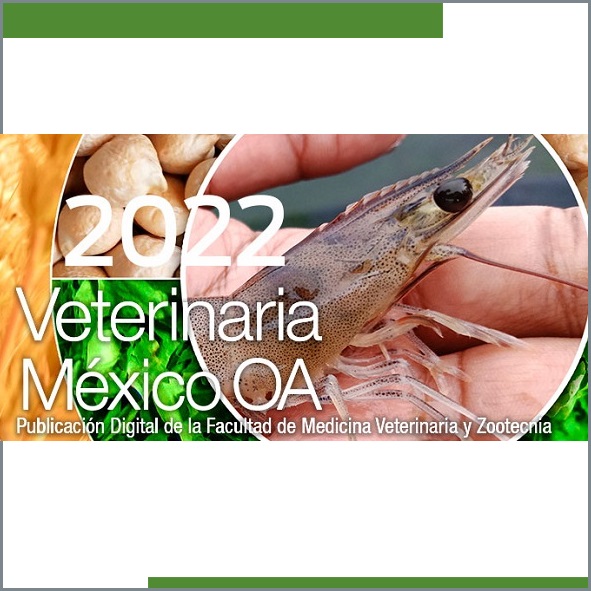Fertility in dairy cows treated in the early luteal phase with a reused progesterone-releasing intravaginal device
Main Article Content
Abstract
In this study, we tested whether early luteal phase treatment with a previously used progesterone-releasing intravaginal device (DIV) increased conception rate (CR) in dairy cows. Two experiments were performed; in the first, progesterone concentrations were determined in cows treated with a reused DIV. Seven cows received PGF2a and a reused DIV was inserted for seven days. Blood samples were collected daily for progesterone determination. Progesterone increased from 0.42 ± 0.17 ng/mL (mean ± standard deviation) at DIV insertion to 1.99 ± 0.52 ng/mL at 24 h and 2.11 ± 0.40 ng/mL at 48 h after; during the treatment period, progesterone showed an average concentration of 1.4 ± 0.55 ng/mL. In the second experiment, 383 cows were randomly divided on day 4 post-insemination, into two treatment groups: DIV (n = 188), received a reused DIV, which was removed on day 14; control (n = 195), did not receive DIV. Progesterone concentrations were determined in seven cows from each group. The CR was not affected by treatment [DIV (33.5 %) vs. Control (37.4 %); P > 0.05]. No interaction was observed between treatment and service number, parity, the type of postpartum (normal or pathological), body condition, or days in milk (P > 0.05). Progesterone concentrations were similar between treatments (P > 0.05). We conclude that the insertion of a reused DIV at early diestrus did not increase serum progesterone concentrations or conception rate in dairy cows.
Article Details
License

Veterinaria México OA by Facultad de Medicina Veterinaria y Zootecnia - Universidad Nacional Autónoma de México is licensed under a Creative Commons Attribution 4.0 International Licence.
Based on a work at http://www.revistas.unam.mx
- All articles in Veterinaria México OA re published under the Creative Commons Attribution 4.0 Unported (CC-BY 4.0). With this license, authors retain copyright but allow any user to share, copy, distribute, transmit, adapt and make commercial use of the work, without needing to provide additional permission as long as appropriate attribution is made to the original author or source.
- By using this license, all Veterinaria México OAarticles meet or exceed all funder and institutional requirements for being considered Open Access.
- Authors cannot use copyrighted material within their article unless that material has also been made available under a similarly liberal license.



